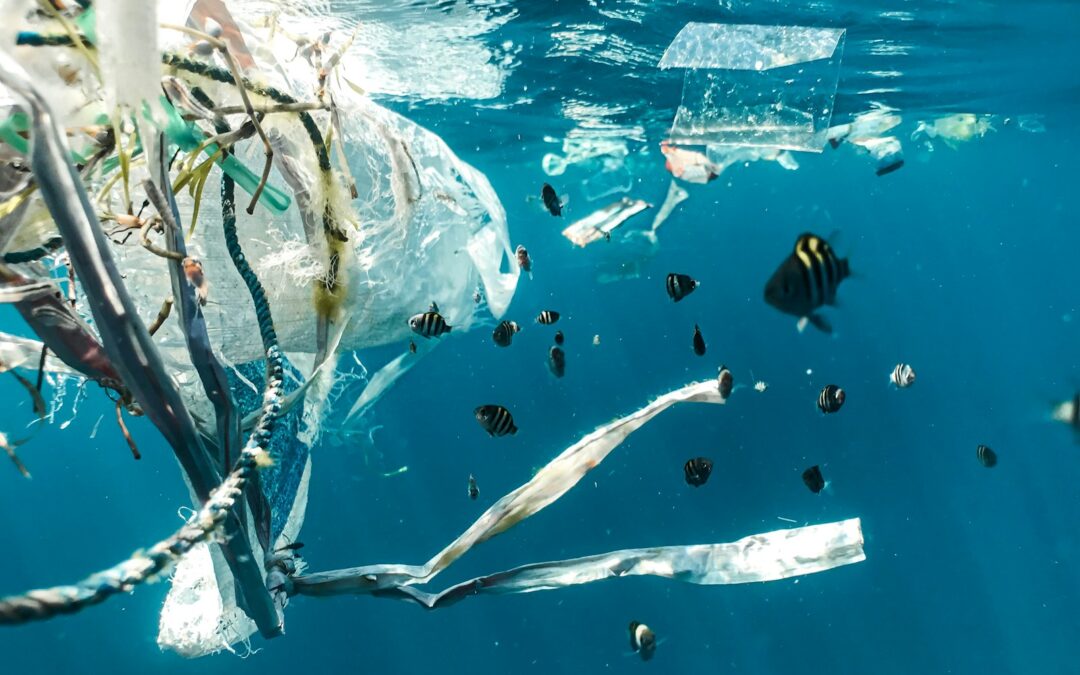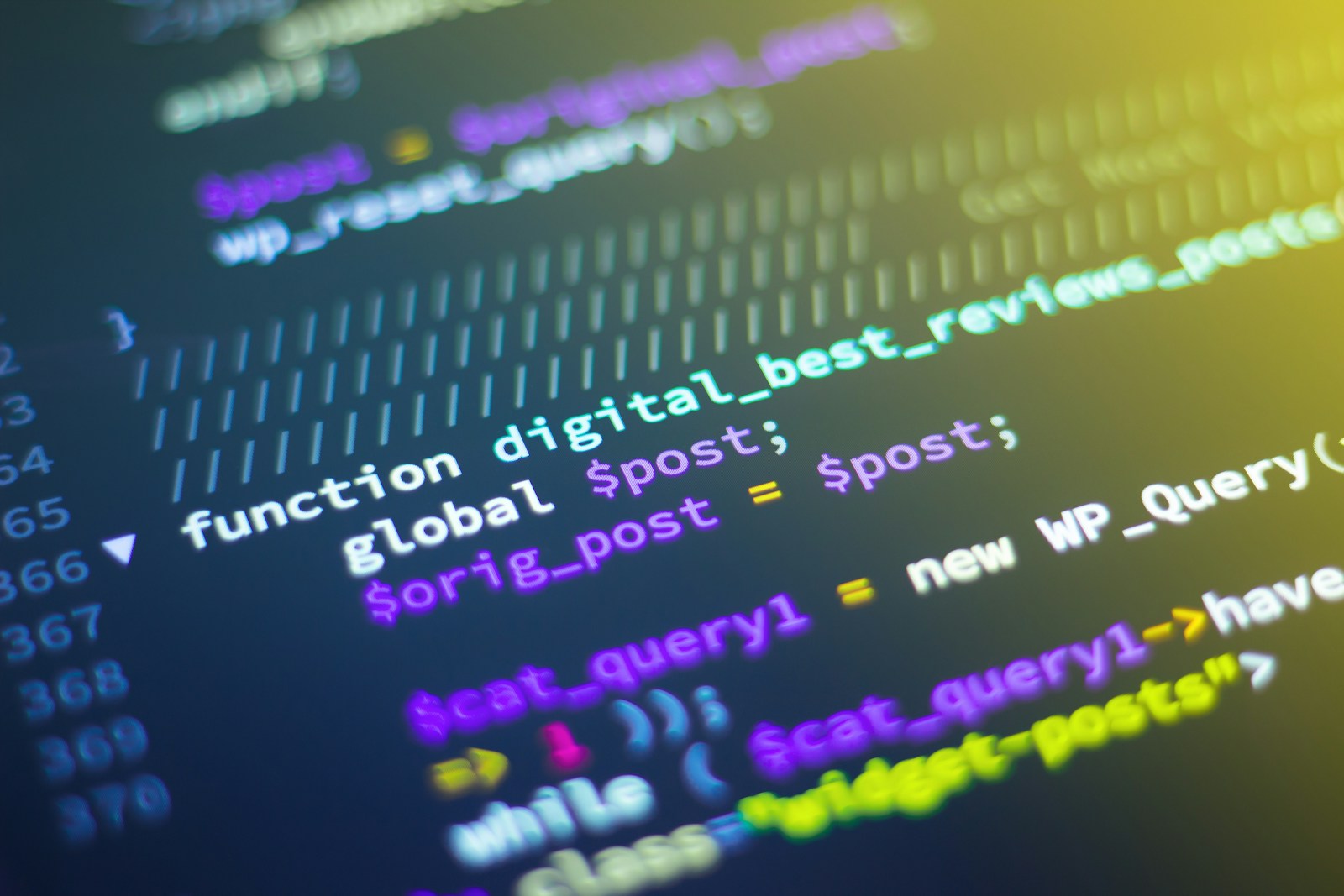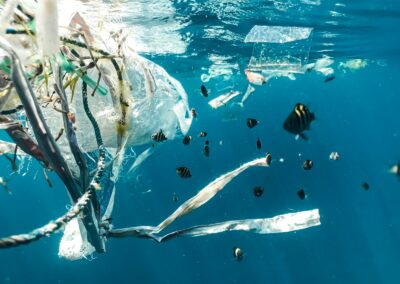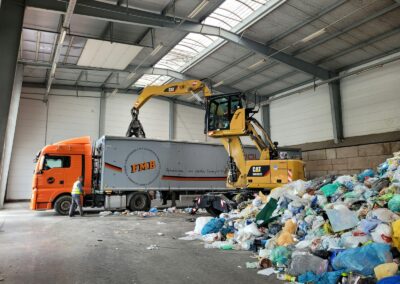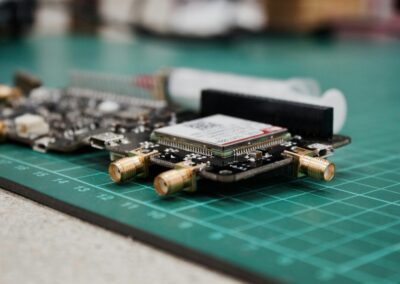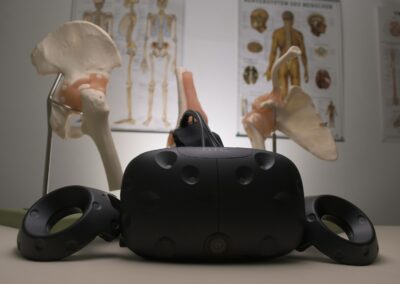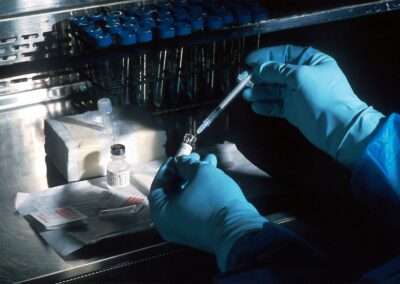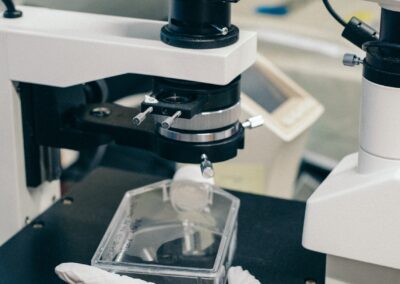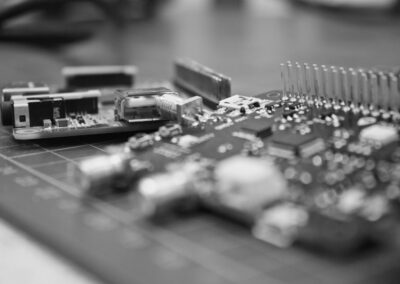Harnessing Biotechnology for Environmental Restoration
Innovative Solutions for Pollution Control
Biotechnology in environmental remediation is emerging as a transformative force in addressing pollution and restoring ecosystems. The application of cutting-edge biotechnological techniques offers novel solutions to tackle the pressing issue of environmental contamination. By leveraging microorganisms, scientists and engineers can develop advanced methods to degrade pollutants and rejuvenate polluted habitats. These microorganisms are engineered to target specific contaminants, breaking them down into less harmful substances. This targeted approach not only accelerates the cleanup process but also ensures that the remediation efforts are more efficient and cost-effective compared to traditional methods.
In addition to microorganisms, biotechnological advances include the use of enzymes and other bioagents that can be tailored to address various types of pollutants. This customization allows for a more precise and effective remediation strategy, addressing the unique challenges posed by different contaminants. The integration of biotechnology into environmental remediation represents a significant shift towards more sustainable and environmentally friendly practices. By harnessing the natural capabilities of microorganisms and other biological agents, we can achieve more impactful results in cleaning up contaminated environments, thus contributing to a healthier and more sustainable planet.
Enhancing Ecosystem Restoration Through Biotechnology
Beyond pollution control, biotechnology plays a crucial role in restoring and rehabilitating contaminated ecosystems. The use of genetically modified microorganisms and plants can accelerate the process of ecosystem recovery by enhancing the natural bioremediation capabilities of these organisms. For instance, certain genetically engineered plants are capable of absorbing and detoxifying heavy metals from contaminated soils, a process known as phytoremediation. This method not only cleans up the pollutants but also contributes to the restoration of soil fertility, supporting the regeneration of vegetation and wildlife in the affected areas.
Moreover, biotechnology in environmental remediation facilitates the development of novel approaches to address complex environmental challenges such as oil spills and chemical leaks. By using engineered microorganisms that can degrade specific types of hydrocarbons or chemical compounds, these biotechnological solutions offer a more targeted and effective response to environmental crises. The ability to tailor these biological agents to specific contaminants enhances the overall efficiency of remediation efforts and supports the long-term sustainability of restored ecosystems.
Strategic Management for Biotechnological Innovation
Effective leadership and management are crucial for the successful integration of biotechnology into environmental remediation efforts. Business executives and managers play a vital role in fostering an environment that supports innovation and the application of advanced biotechnological solutions. Implementing change management strategies is essential to navigate the complexities of adopting new technologies and ensuring their successful deployment. By prioritizing effective communication and providing executive coaching services, leaders can guide their teams through the challenges associated with implementing biotechnological solutions for environmental remediation.
The adoption of biotechnology in environmental remediation requires a strategic approach that aligns technological advancements with business objectives. Management consultants can assist organizations in developing comprehensive strategies that leverage biotechnology to achieve both environmental and financial goals. This involves assessing the potential return on investment, evaluating the risks associated with new technologies, and ensuring that the organization is prepared to manage the changes that come with integrating biotechnological solutions into their operations.
Embracing Technological Advancements for Sustainable Business Practices
The integration of modern technologies such as Artificial Intelligence (AI), Blockchain, and the Metaverse into environmental remediation strategies can further enhance the effectiveness and efficiency of these efforts. AI can be used to analyze large datasets and optimize the deployment of biotechnological solutions, while Blockchain technology offers a secure and transparent way to track and verify remediation processes. The Metaverse, with its immersive capabilities, can be utilized for virtual simulations and training, allowing stakeholders to visualize and manage remediation projects in a virtual environment.
Generative Artificial Intelligence (AI) also holds promise in advancing environmental remediation by creating innovative solutions and simulations for contaminant degradation and ecosystem restoration. The convergence of these technologies with biotechnology presents new opportunities for businesses to lead in sustainable practices and drive environmental stewardship. By embracing these advancements, organizations can not only achieve their environmental goals but also position themselves as leaders in the field of biotechnology-driven environmental remediation, fostering a positive impact on both their business and the planet.
#Biotechnology, #EnvironmentalRemediation, #Innovation, #SustainableBusiness, #AI, #Blockchain, #Metaverse, #GenerativeAI

